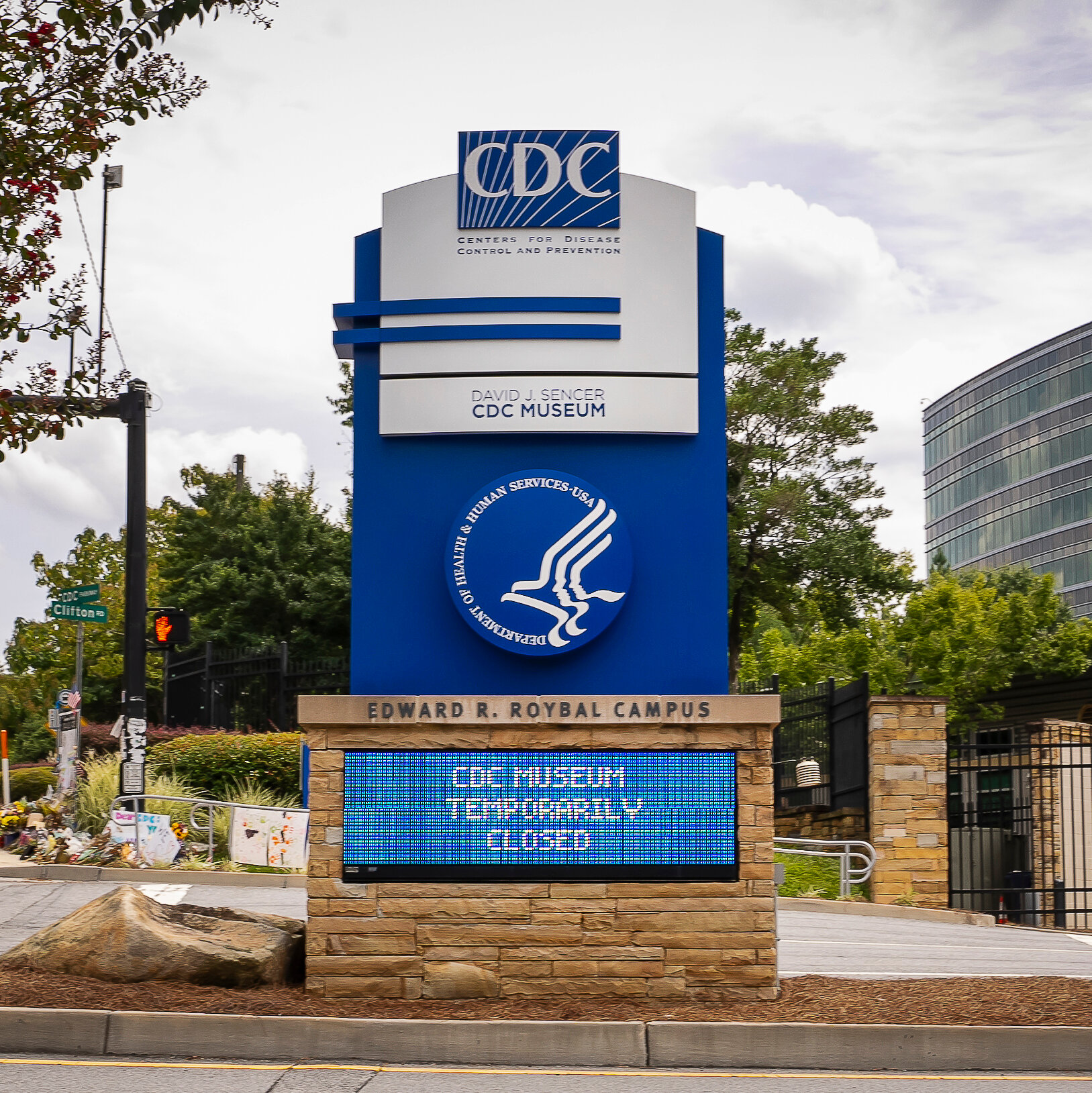How Much Should We Invest to Prevent an AI Apocalypse? An Economist Weighs In
Framing a Complex Question
When asked to quantify the amount of money society should allocate to avert a potential AI catastrophe, Charles Jones of Stanford University admitted that the query “initially seemed too open‑ended for conventional economic analysis.” Yet, driven by curiosity and the urgency of the issue, he decided to tackle it head‑on.
Why the Question Matters
Rapid advances in artificial intelligence have sparked intense debate about existential risks. Policymakers, tech leaders, and the public alike are grappling with the challenge of balancing innovation against the need for safeguards. Determining a sensible budget for research, regulation, and safety measures is a crucial step toward responsible development.
Jones’s Preliminary Approach
Jones began by treating the problem as a classic cost‑benefit analysis, albeit with several unconventional twists:
- He estimated the expected damage from an uncontrolled AI scenario, factoring in potential loss of life, economic disruption, and long‑term societal impacts.
- He considered the probability of such a disaster occurring under various regulatory and technical safeguards.
- He evaluated the effectiveness and costs of different preventive strategies, from robust alignment research to international governance frameworks.
Key Findings (So Far)
While Jones cautions that his numbers are provisional, his early calculations suggest that the optimal investment could run into the trillions of dollars over the next few decades—significantly higher than current spending on AI safety. He argues that this figure is comparable to the costs of historic global challenges, such as climate change mitigation.
Implications for Policy
If governments and private firms take Jones’s estimate seriously, it would signal a need for a coordinated, large‑scale funding effort. Such an initiative could:
- Accelerate research on AI alignment and interpretability.
- Support the creation of international norms and verification mechanisms.
- Fund educational programs to build a workforce skilled in AI safety.
Looking Ahead
Jones acknowledges that his model is only a starting point. “Future work must refine the probability estimates, incorporate new data, and consider the dynamic nature of AI development,” he notes. Nonetheless, his willingness to apply economic tools to this existential question marks a promising step toward concrete action.
As the debate over AI’s future continues, the conversation is shifting from abstract speculation to tangible budgeting—an essential move if humanity hopes to steer advanced AI toward a beneficial destiny.







